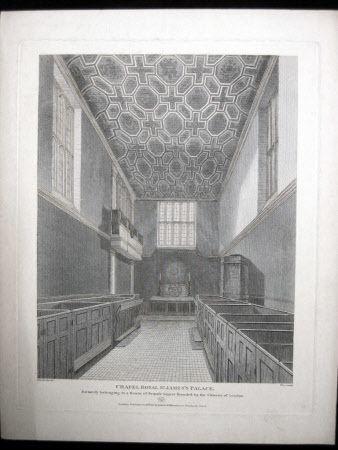Name Jacob Schnebbelie | Died 1846 | |
 | ||
Jacob Schnebbelie (1760–1792) was an English draughtsman, specialising in monuments and other historical subjects.
Schnebbelie was born in Duke's Court, St. Martin's Lane, London, on 30 Aug. 1760. His father, who was a native of Zürich and had served in the Dutch army at Bergen-op-Zoom, settled in England and became a confectioner in Rochester.
Jacob, after carrying on the same business for a short time—first at Canterbury and then at Hammersmith—abandoned it, and, though self-taught, became a drawing-master at Westminster and other schools. Through the influence of Lord Leicester, the president, Schnebbelie obtained the appointment of draughtsman to the Society of Antiquaries of London; and the majority of the excellent views of ancient buildings published in the second and third volumes of Vetusta Monumenta were drawn by him. He also made many of the drawings for Gough's Sepulchral Monuments of Great Britain and Nichols's History of Leicestershire.
In 1788 he published a set of four views of St. Albans, drawn and etched by himself and aquatinted by Jukes. In 1791 Schnebbelie commenced the publication of the Antiquaries' Museum, illustrating the ancient architecture, painting, and sculpture of Great Britain, a series of plates etched and aquatinted by himself; but he lived to complete only three parts. The work was continued by his friends, Richard Gough and John Nichols, and issued as a volume, with a memoir of him, in 1800. He was also associated with James Moore and J. G. Parkyns in the production of their Monastic Remains, 1791, his name appearing as the publisher on some of the plates. A view of the Serpentine River, Hyde Park, etched by Schnebbelie in 1787, was aquatinted by Francis Jukes and published in 1796.
Schnebbelie died of rheumatic fever at his residence in Poland Street, London, on 21 February 1792, leaving a widow and three children, for whom provision was made by the Society of Antiquaries. One of his sons, Robert Blemmell Schnebbelie (1781–1847), also practised as a topographical artist.
